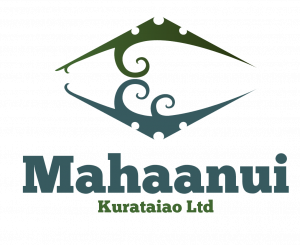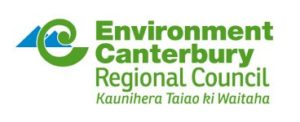Wairewa Rūnanga
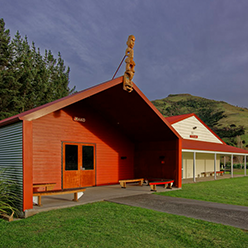
Kia ui mai rā
‘Kai hea te ahi hai tāmahana i taku tinana?’
Māhaku tēnei
E hoe tō waka i a Mahaanui, Kia ū rānō ki Whakaroa
Tauraka waka o Te Uruao
Me ahu atu koe ki te riu o te nawe o te iwi
Hikahika tākata, ko te haepapataka
Ka piki ki te tihi o Tuhiraki, Tērā Tūwhakarōria
Kā puna hauaitū, puna waimarie
Kā puna karikari a Rākaihautū
Hanatu ki Te Kaio, ki Marokura
Ka tū te kawa ki Waikākahi
Takahia atu te ara o Wharau iti, o Wharau nui
Hākai atu i kā ana i tāwenewene i te mata o Te Oka
Tērā te Ūpoko o Tahu Matā
Matatā i te mano o Irakehu i te hau kaitākata
Tirohia atu te rere a Hao
Mai i a Hikuika, a Puaha, a Ōpouwaho
Whāia te au ki te Hukahukatūroa
Ki Ōkana, ki Ōkuti, Tākiritāwai
Arā Wairewa, Pātaka Kai o Makō e
Tere tou a Hao mā te Mata Hāpuku
Ki kā wakawaka o kā kutu o Kaitōrete
Kapohia e te rika o Takaroa
Me whai atu i te auahi ki Ōhiriri
Kia tauwhirotia e te tāua ruruhau, Ko te Rōpūake
Kātahi nā te whitawhita o taku ahi e!
Whakaroko ake rā e aki, e kera
E noho mai koe i te kāika pepehatia
Māhau kā puka o te ahi o ō tīpuna e tahitahi kia whitawhita kia kite atu te muramura
O te hātete, o te kāpura i tawhiti
I ruka, i raro, i roto, i waho
Kia kiia ai ka toe nei
kā uri o Makō, o Irakehu ki te ao
He nui, he rahi, momona te ora e…
Ka hāhā te tuna ki te roto
Ka hāhā te reo ki te kāika
Ka hāhā te takata ki te whenua e
The above waiata was composed by Charisma Rangipunga for her tamariki to learn their Wairewataka, and encapsulates the takiwā and place names of Wairewa.This mōteatea was kindly gifted to the whānau of Wairewa. Wairewa Rūnanga is the modern day administrative council and representative of the hapū of Kāti Irakehu and Kāti Makō who hold manawhenua over the Wairewa takiwā. The takiwā of Wairewa Rūnanga as expressed in the Te Rūnanga o Ngāi Tahu (Declaration of Membership) Order 2001 centres on Wairewa and the catchment of our pātaka kai, Te Roto o Wairewa, and the hills and coast to the adjoining takiwā of Te Rūnanga o Koukourārata, Ōnuku Rūnanga and Taumutu Rūnanga. Sometimes these boundaries overlap and we share the responsibilities of Kaitiakitanga of Kaitōrete Spit, Te Waihora, Waikākahi, Ōnawe and Akaroa Harbour.
There are place names connected with Wairewa which evoke earlier histories. One example is the mountain which Wairewa Marae lies in the lee of, Te Ūpoko o Tahumatā. This name refers to the Ngāi Tahu ancestor Tahumatā who lived and fought in Hawkes Bay. It is also special as it is the mauka we use in our pepeha, which gives us our sense of place, our sense of belonging to the landscape, as outlined below.
Ko te Ūpoko o Tahumatā te mauka
Ko Ōkana te awa
Ko Wairewa te roto
Ko Uruao te waka
Ko Wairewa te marae
Ko Makō te whare tupuna
Ko Te Rōpūake te whare kai
Ko Kāti Irakehu, Kāti Makō kā hapū
Ko Waitaha, Kāti Māmoe, Kāi Tahu kā iwi
Makō is a great-grandson of Tanemoehau and Kurī (the eponymous ancestor of Kāti Kurī). His Whakapapa line traces from the mātāmua first born child of Tanemoehau and Kurī – Rākaitekura to his father Pūraho who is credited with leading the Kāti Kurī migration from Hātaitai to the Tory Channel in the South Island that became known as “Te-Wharauka-a- Pūraho-nui” (the big migration of Pūraho). With the death of his father Pūraho, the eldest brother of Makō, Marukaitātea (Maru) became the head of Kāti Kurī and it was under the leadership of Maru that Kāti Kurī eventually moved and settled in the Kaikōura area.
When Makō claimed the takiwā of Wairewa he did so at gathering of rakatira in Kahutara south of Kaikōura, under the mana of his older brother. This gathering was held so that the rakatira could hear first-hand the reports from Kaiapū and Tamakino who had escaped to return overland from a disastrous battle against Kāti Māmoe in Southland. Travelling under the cloak of darkness they came to their brother-in-laws house where they were given protection. The next morning they were greeted by the other chiefs to whom they recounted their travels. The two escapes were outlining the mahika kai they had seen on the way back. When it came to Ōhiriri, Ōtawiri and Wairewa, Makō asked the pair what food is available there. They replied “There are many kinds’ weka, kaka, kererū, pūtakitaki and tuna”. On hearing the bounty that was available at Wairewa Makō laid his tapatapa (claim) on the area. Shortly after an expedi- tion consisting of Kāti Kurī and Kāi Tūhaitara led by Moki left for Te Pātaka o Rākaihautū. When Makō arrived at Wairewa he laid his Waha Ika in the waters of the lake at Tākiritāwai and proclaimed:
“Ki uta he uruka mō tōku ūpoko, Ki tai he tūraka mō ōku waewae.”
Inland a pillow for my head and on the shores a rest for my feet.
This was a direct reference to the abundance of kai in the forests, lake and sea and by stating this Makō effectively claimed the takiwā for himself, his family and their descendants. The profusion of kai in Te Roto o Wairewa was renowned across Ngāi Tahu and in a modern context has been referred as one of the central food baskets of Ngāi Tahu in the Canterbury region with tuna, pātiki and inanga the main kai taken.
The produce of the lake was a source of mana and pride. It allowed the people to sustain themselves and their visitors. It also allowed food to be carried to other villages in kai- hau-kai, traditional food exchanges.This is also why our ancestors and their descendants stayed in this landscape, and occupied different pā and settlement sites including Ōtawiri, Te Mata Hāpuku, Ōruaka, Ngutu Piri, Marokura Nui, Waikākahi and Te Puia. Poutaiki and Ōtūngakau are two principal urupā associated with Te Roto o Wairewa.
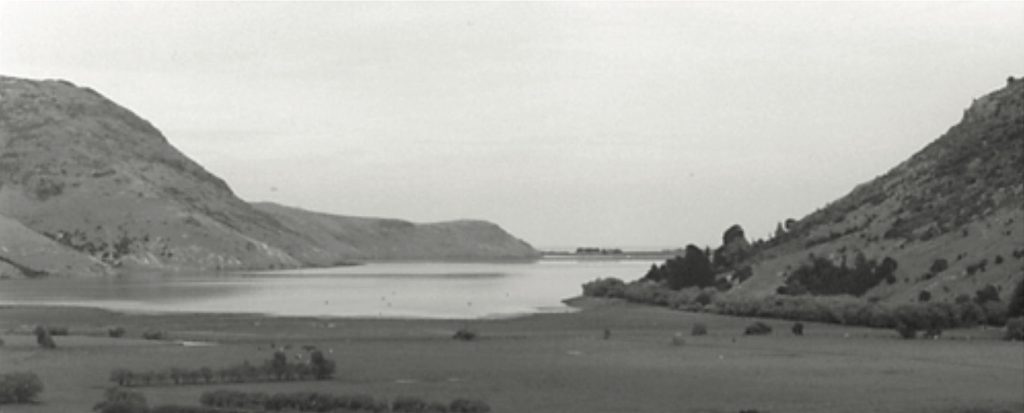
Photo: Te Roto o Wairewa
This is also why our ancestors and their descendants stayed in this landscape, and occupied different pā and settlement sites including Ōtawiri, Te Mata Hāpuku, Ōruaka, Ngutu Piri, Marokura Nui, Waikākahi and Te Puia. Poutaiki and Ōtūngakau are two principal urupā associated with Te Roto o Wairewa.
Te Roto o Wairewa is one of only two customary lakes in New Zealand the other being Lake Horowhenua in the North Island. This was acknowledged under the Lake Forsyth Lands Vesting Act 1896, which stated:
“Nothing in this Act contained shall be deemed to prejudice or affect any Māori fishing rights which may be in existence at the time of the passing hereof with respect to any part of Lake Forsyth which may not be so reclaimed or drained.”
This is reconfirmed in the Fisheries (South-East Area Amateur Fishing) Regulations 1986, where it confirms that the tuna fishery at Te Roto o Wairewa is for Ngāi Tahu only. In December 2010 two Mātaitai were gazetted, the first being the Te Kaio Mātaitai from Te Kaio to Birdlings Flat, and the second being the Wairewa Mātaitai, which includes Te Roto o Wairewa and the Tākiritāwai River. The Mātaitai offer us a formal process to gain management of these important customary food gathering areas and resources.
Māori Reserves
Under the 1856 Akaroa Purchase the 440 acre Wairewa Māori Reserve 887 and the 432 acre Ōpukutahi Māori Reserve 885 was set aside for Kāti Irakehu and Kāti Makō. Wairewa Marae is situated on the Māori Reserve 887.
Whare Tupuna – Makō
Built on the footprint of our three previous Whare, this is the fourth to hold the name Makō and will continue to bea place of gathering for the people of Kāti Irakehu and Kāti Makō. During the mid-1800’s our Marae moved from the hill near the current Urupā to its present day location.
The first Whare, described as a “hall for Wairewa Māori named Makō”, was built and opened circa 1855 by R. Paurini on Wairewa Māori Reserve 887 Block 1V (4) Section 22. Thirty years later, on April 16th 1885, a “new Rūnanga hall” was opened by the Hon. H. K. Taiaroa on the same site. Following a fire 33 years later, the third Whare was built and opened in circa 1918 and remained in use until January 2008. The current whare was opened on the 1st November 2008 by Rev. Maurice Gray and Taua Naomi Bunker.
Whare Kai – Te Rōpūake
As was custom, the whare kai is named after the wife of Makō, Te Rōpūake. Te Rōpūake was the eldest daughter of Te Rakiwhakaputa (her father’s first cousin). It is most likely the marriage was to cement relations between the families, and keep the Kāti Kurī lines strong on Te Pātaka o Rākaihautū. The current whare kai was built in 1991 by the whānau of Wairewa.
